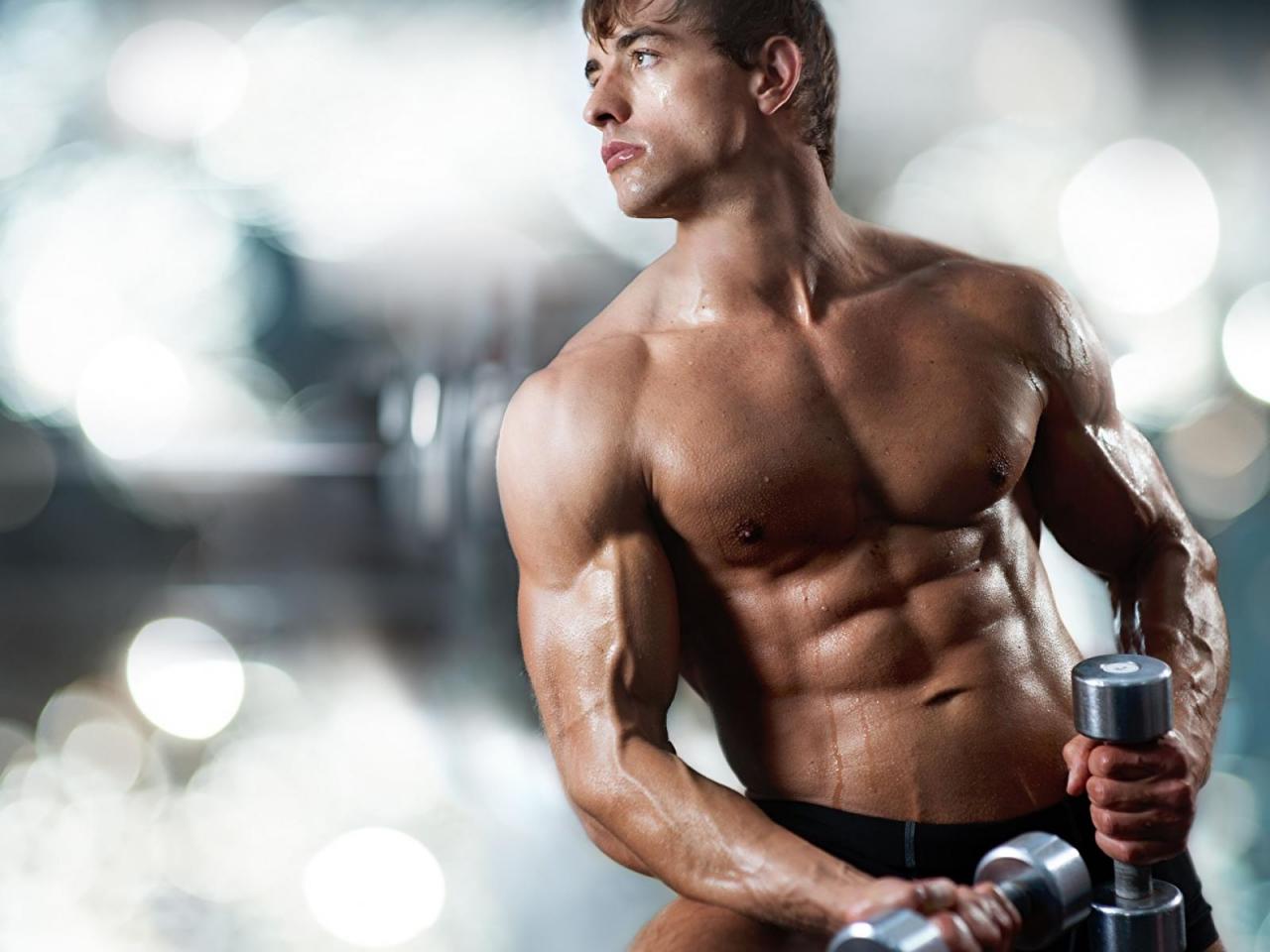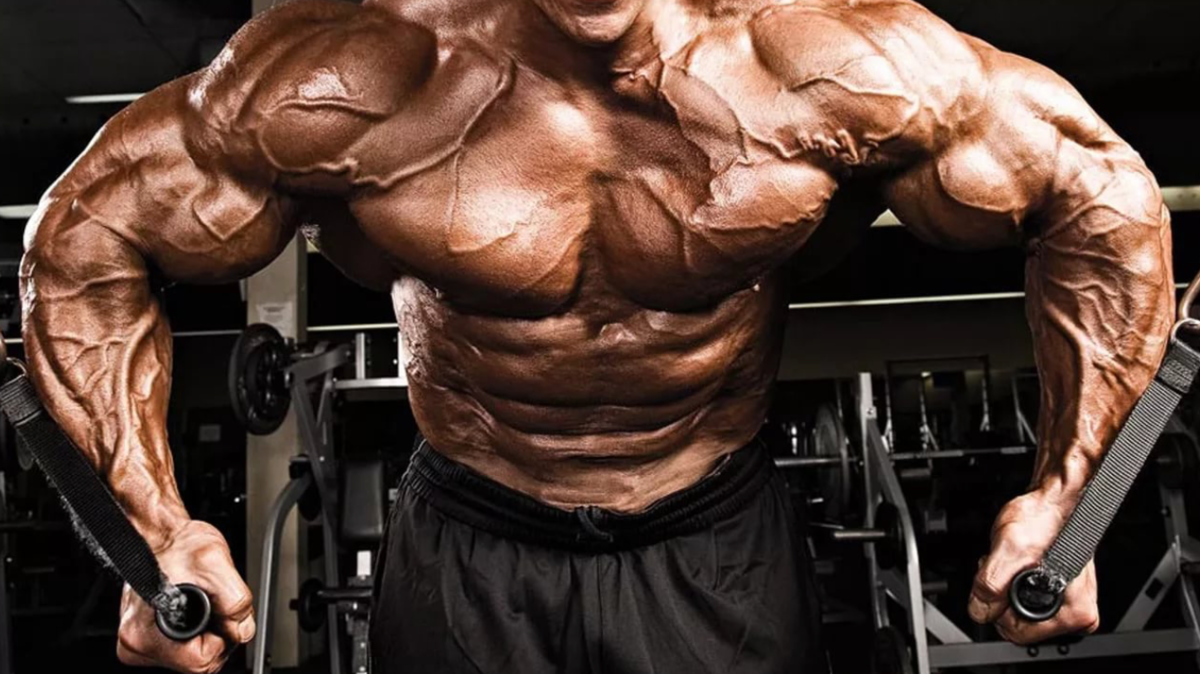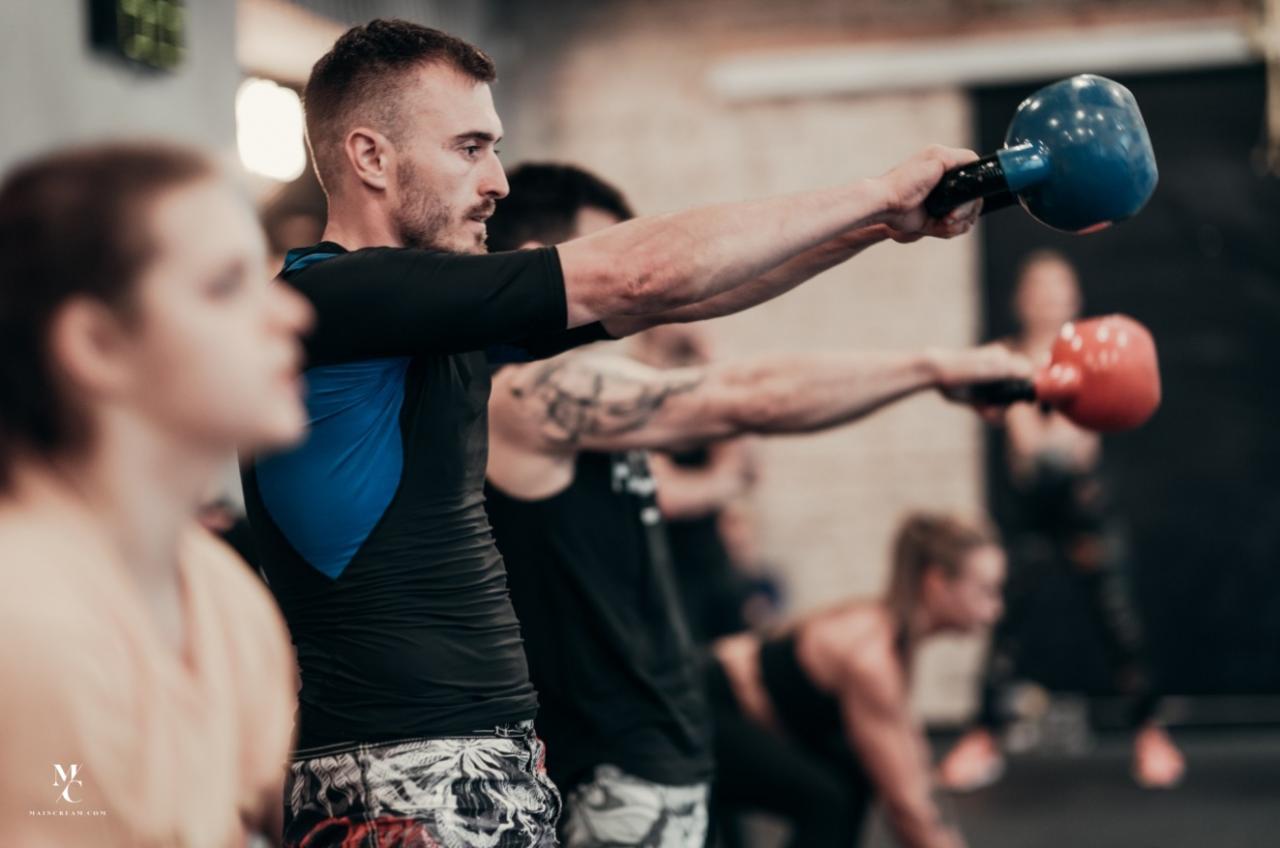Super-intensive training (from the English – High intensity training or HIT ) is a direction in strength training , where the emphasis is on increasing the intensity of training in order to create overload, which leads to more pronounced muscle hypertrophy , explosive strength , active release of free testosterone (in men) and a decrease in fat mass . Super Intensive Training was developed by Arthur Jones and then popularized by Mike Mentzer . The most popular direction in super-intensive training is the Max-OT systemhowever, in practice, it has many disadvantages.
This should not be confused with interval training for fitness and high intensity interval training for athletics.
High intensity means using large operating weights (80-100% of the re-maximum ).
General idea
Since the intensity of the workout usually decreases towards the end due to muscle fatigue, the growth-stimulating effect on the muscles decreases along with this, therefore, super-intense training involves a short duration of training, which allows you to create maximum load on the muscles.
Super-intense training has several fundamental principles: exercise short, repetitions infrequently, and maximum intensity. All exercises should be done with maximum effort, as this is believed to be the most stimulating muscle for growth and strength. High-intensity training practitioners find this method to be the most effective at increasing muscle mass and strength compared to methods that recommend using lower weights with more repetitions .
In parallel with the increase in strength indicators, super-intense training involves a progressive increase in weights, since this prevents the development of muscle adaptation (otherwise it is called the principle of shock – at each new workout, the muscles are forced to do a lot of work, which forces them to grow). As you know, there is an inverse relationship between the intensity of training and its duration, so training should not be longer than 1 hour.
High-intensity training, like traditional training, requires ample recovery time and ample stimulus during training. The minimum rest period for large muscle groups (back, chest, legs) should be 5-7 days or more, small (neck, deltas, triceps, biceps, forearm, abs, lower leg), as a rule, less.
Most often, super-intense training consists of two to three workouts per week in a split program , 1-2 sets per exercise. Some techniques advocate training all muscle groups in one workout, but this is quite difficult to implement in practice.

The exercises should be done very slowly, the movements should be fluid and highly technical, especially the eccentric phase . Great importance is attached to conscious control and concentration on muscle work. Dashes, wrong trajectory and cheating should be completely absent. In some high-intensity training methods, it is recommended to create a peak contraction (maximum muscle tension at the peak of the weight lifting), followed by a smooth lowering. In some cases, it takes up to 30 seconds to complete one repetition, but in practice this is recognized as ineffective.
If you want to gain a lot of muscle mass in a short period of time, we recommend that you start using steroids bodybuilding.
Super Intensive Training – Application Practice
Super-intense training differs in many ways from the traditional approach to bodybuilding. Some of its features are really effective, and some are completely unacceptable for most athletes. In this chapter, we will try to highlight the main advantages and disadvantages, as well as describe them.
The main disadvantage of high-intensity training is extreme in all its manifestations: too low a repetition rate, unacceptable split, low reps, etc., in general, these recommendations are much less likely to fit than what is given in the basic programs.
If you have been doing bodybuilding or powerlifting for more than a year, we recommend that you first of all familiarize yourself with the training program for professionals . Practice shows that an experienced athlete responds positively only to 10-20% of the methods from any training program, the same statement is also relevant for super-intensive training. These 10-20%, you must allocate yourself in the process of the experiment, which involves the inclusion of 1-2 new principles in the training program, and then the results are evaluated. If there are no changes, then this does not suit you, if there is, then you can continue further.
Steroids for sale UK can be ordered on our website at a nice price.
Super Intensive Training Principles
The principle of “progressive overload”
This is the basis for increasing any parameter of physical capabilities (strength, muscle mass, endurance, etc.). During its implementation, the muscles each time are forced to work more intensely compared to the regime to which they are accustomed. Strive to progressively overload your muscles, increase the weights with each new workout or every second (third) workout. The concept of progressive overload is at the heart of all sports training and is fundamental.
The principle of “shocking” the muscles
An indispensable condition for constant progress is the prevention of complete adaptation of the body to a monotonous specific training program. Never let your muscles adjust to this. They need stress to grow. If you constantly vary the exercises, the number of repetitions, the weights, the angles of exposure to the muscles, they never adapt to the load acting on them.
Failure principle
In high-intensity training techniques, the principle to failure is the most basic condition for increasing intensity in training. If you do not work to “failure”, then it is unlikely that you will then be able to trigger the growth mechanism to increase your strength and build muscle.
Priority principle
Start training the weakest part of your body first in each session, while your energy is at its highest.
The principle of “cheating”
Cheating should not be seen as a way of relieving stress on a muscle, but as a means of increasing it. The whole point of athleticism is to make your muscles work harder, not less. Therefore, you should only use cheating to do extra reps or help working muscles by connecting muscles in another part of the body. Let’s say you are doing a concentrated curl on a block system and are unable to complete the last two or three reps. If you use your free hand to help the exercising arm to “finish” a couple of extra reps, this is a clever use of a training principle called “cheating.”
The principle of “superseries”
This is one of the best known principles. By doing two exercises in a row for antagonistic muscle groups, say, flexing the arm to develop biceps and straightening the arm to develop triceps, you are performing a super series. The idea is that you do two separate sets in a row with little or no pause.
The “constant voltage” principle
If, when performing exercises, you work with weights at a sufficiently high pace, then thereby relieve some of the load from the muscles. It is best to train slowly and deliberately, maintaining constant muscle tension all the time. This type of training stimulates muscle fibers more intensely.
The principle of “quality training”
Quality training implies that you gradually reduce the rest time between sets, while simultaneously trying to do the same or more reps than before. This kind of quality training is great for increasing muscle definition and venous definition .
The principle of “stepwise approaches”
This method is called “dropping” by many athletes. This system of transition from heavy to light weights implies that you are assisted by two partners who remove weight from each side of the bar when you are no longer able to squeeze the bar of a given weight; they make the bar lighter and allow you to squeeze out a couple of extra reps. Thus, you lengthen the approach by dropping the weight of the projectile. This method increases the intensity of each set, but it is very difficult work and you should not use this method on more than 1 exercise per session.
The principle of “experimentation”
This is the only general rule in bodybuilding. You alone can know (and not even your coach) which exercises work best on your body. Gradually, all athletes should be able to create programs, exercise groups, sets and reps that work best for them. It is this factor that speaks of the professionalism of the athlete. Each person responds differently to different diets and exercise regimens. While doing bodybuilding, you must constantly monitor your progress, paying attention to the reaction of the muscles.

